In the complex world of IT infrastructure, the ability to effectively manage and document your environment is more crucial than ever. A major challenge that IT professionals face is the difficulty in fully understanding and accurately documenting their entire IT infrastructure. Without comprehensive documentation, it’s nearly impossible to support business demands efficiently and to make informed decisions about future needs.
Why Documentation Matters
- Enhanced Visibility and Control: Proper documentation provides a clear overview of your IT environment, including hardware, software, network configurations, and interdependencies. This visibility helps IT teams manage resources more effectively, troubleshoot issues quickly, and ensure that all components are working harmoniously.
- Improved Compliance and Auditing: Many industries have strict regulatory requirements. Comprehensive documentation ensures that you can meet compliance standards and quickly provide necessary information during audits, reducing the risk of non-compliance penalties.
- Efficient Incident Management: In the event of a system failure or security breach, well-documented IT environments enable faster diagnosis and resolution. Knowing exactly what components are involved and how they interact helps streamline incident response and minimize downtime.
- Streamlined Onboarding and Training: Detailed documentation is invaluable for new team members, providing them with a clear understanding of the IT environment and its intricacies. This reduces the learning curve and helps new hires become productive more quickly.
- Strategic Planning and Scaling: Accurate records of your IT infrastructure support strategic planning by providing insights into current capabilities and limitations. This information is critical when planning for upgrades, expansions, or changes to meet evolving business demands.
What Should Be Documented
To create a comprehensive documentation system, consider including the following elements:
To create a comprehensive documentation system, consider including the following elements:
- Network Architecture
- Network Diagrams: Visual representations of your network topology, including routers, switches, firewalls, and other key components.
- IP Address Allocation: A record of IP addresses and subnets used within the network.
- Connectivity Maps: Details on how different network segments and devices are connected.
- Hardware Inventory
- Device Details: Information about servers, workstations, printers, and other hardware, including make, model, serial numbers, and locations.
- Lifecycle Information: Details on warranty status, end-of-life dates, and replacement plans.
- Software and Applications
- Software Inventory: List of installed software, including versions, licensing information, and installation locations.
- Configuration Settings: Specific settings and customizations applied to each application.
- System Configurations
- Server Configurations: Details on server roles, configurations, and installed services.
- Network Configurations: Information on VLANs, routing protocols, and firewall rules.
- Backup and Recovery Settings: Details on backup schedules, retention policies, and recovery procedures.
- User Access and Permissions
- User Accounts: List of user accounts, roles, and associated permissions.
- Access Control Policies: Policies and procedures for managing user access and privileges.
- Security Policies and Procedures
- Incident Response Plans: Procedures for handling security incidents and breaches.
- Security Configurations: Details on firewall settings, encryption protocols, and access controls.
- Documentation of Processes
- Standard Operating Procedures (SOPs): Documented procedures for routine tasks and operations.
- Change Management Procedures: Processes for handling changes to the IT environment, including approval workflows and documentation requirements.
- Disaster Recovery and Business Continuity
- Disaster Recovery Plans: Detailed plans for recovering from major incidents or disasters.
- Business Continuity Plans: Strategies to ensure ongoing operations and minimize disruption during emergencies.
Steps to Establish and Maintain Effective Documentation
- Identify Documentation Needs: Determine what aspects of your IT environment need to be documented. This might include network diagrams, hardware inventory, software versions, configuration settings, and user access controls.
- Choose the Right Tools: Utilize documentation tools and software that fit your organization’s needs. Many IT management platforms offer integrated documentation features, but you might also consider specialized tools for creating network diagrams, configuration management, and knowledge bases.
- Create and Organize Documentation: Start with a clear and structured format. Organize your documentation into logical sections and use standardized naming conventions. This ensures that information is easy to find and understand.
- Regularly Update Documentation: IT environments are dynamic and constantly changing. Implement a process for regularly updating your documentation to reflect changes in the infrastructure, such as new hardware, software updates, or configuration modifications.
- Ensure Accuracy and Consistency: Assign responsibility for maintaining documentation to specific team members and ensure they are trained on best practices. Regularly review and audit documentation for accuracy and completeness.
- Leverage Automation: Whenever possible, use automation tools to keep documentation up-to-date. Automation can help with tasks like inventory management, configuration backups, and change tracking, reducing the manual effort required.
Conclusion
Effective documentation is the backbone of a well-managed IT environment. By establishing and maintaining comprehensive records, IT professionals can gain better control, ensure compliance, manage incidents more efficiently, streamline onboarding, and plan strategically for the future. Investing time and resources into creating and maintaining thorough documentation will pay off in the form of a more resilient and agile IT infrastructure.


